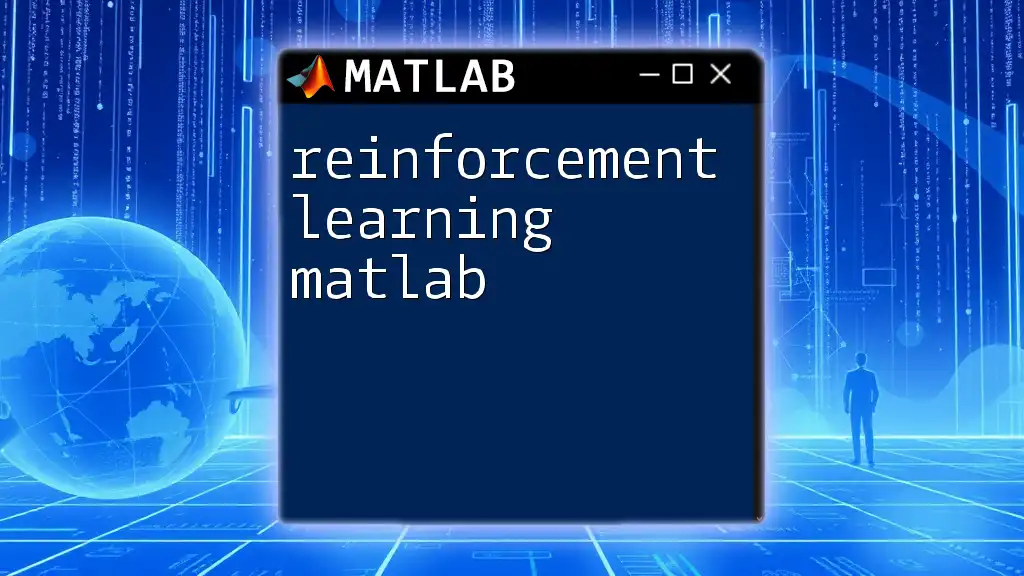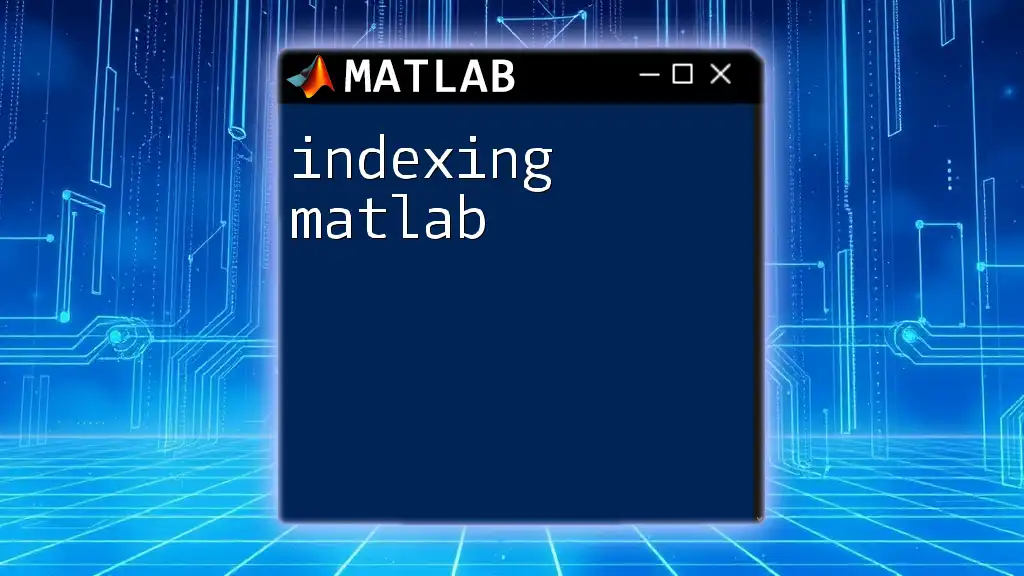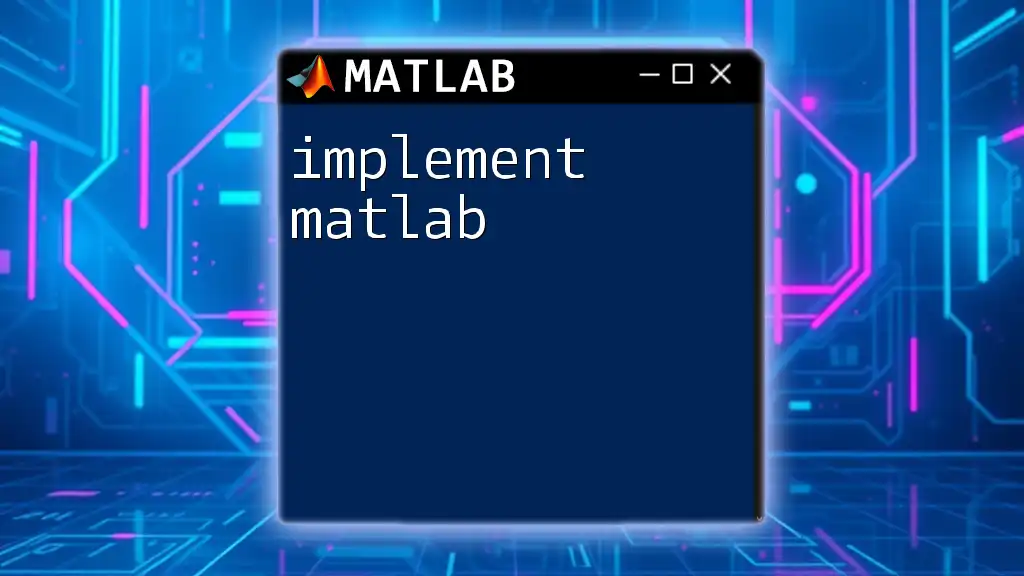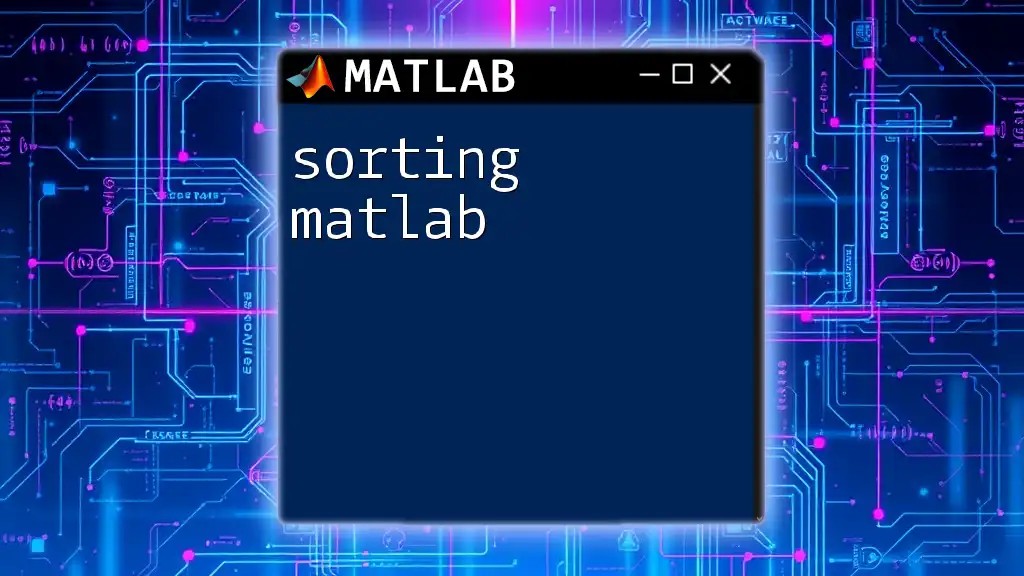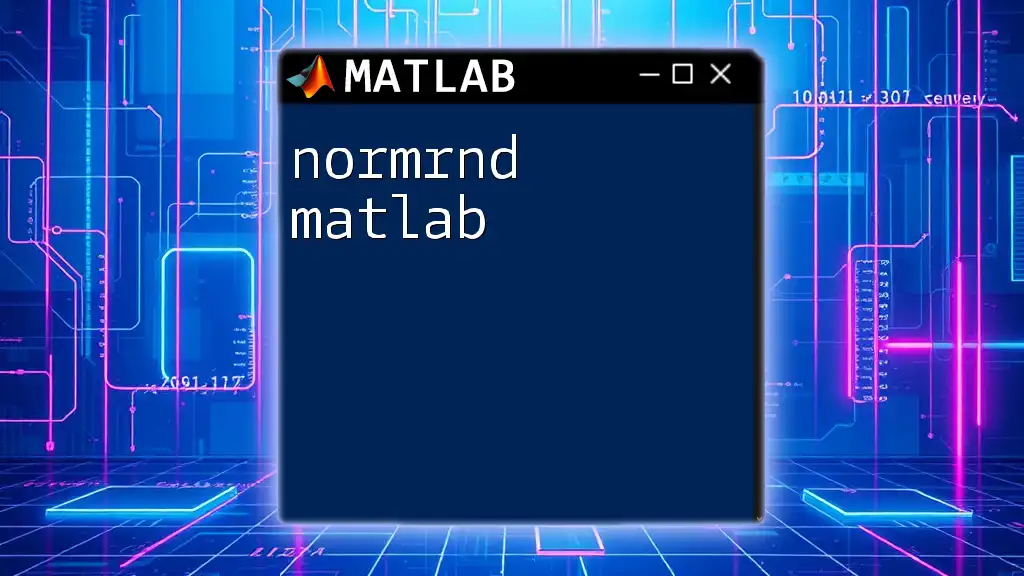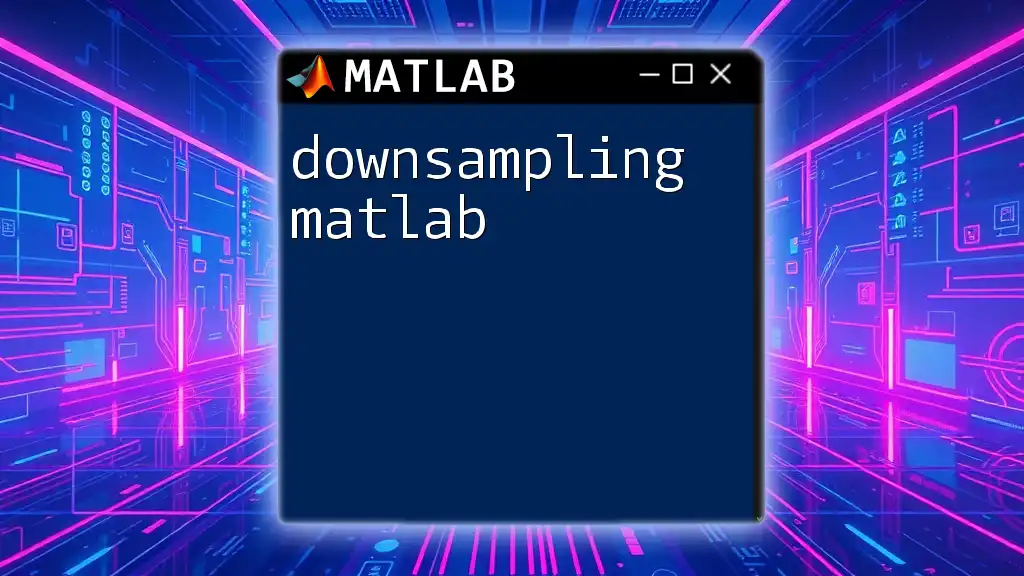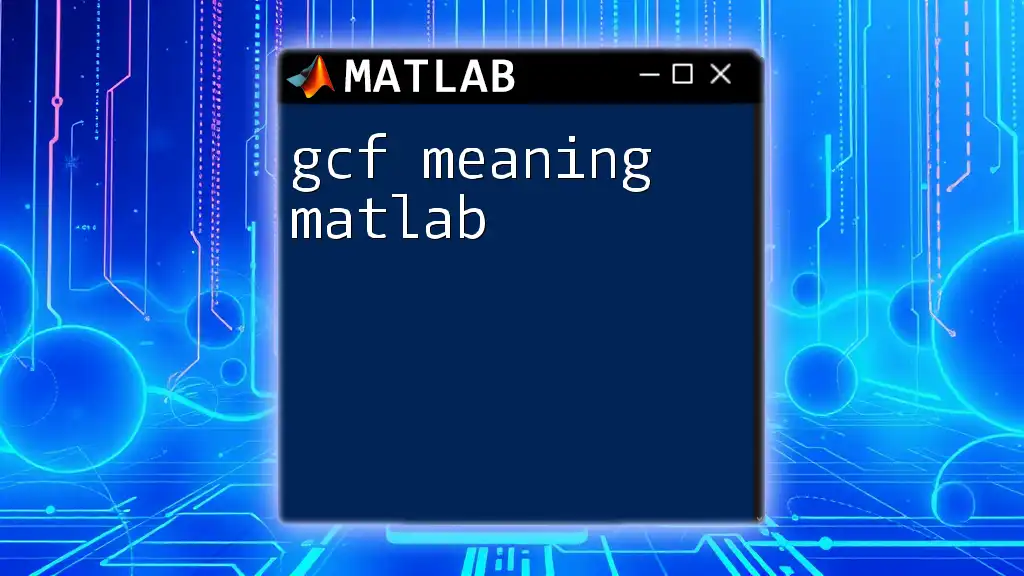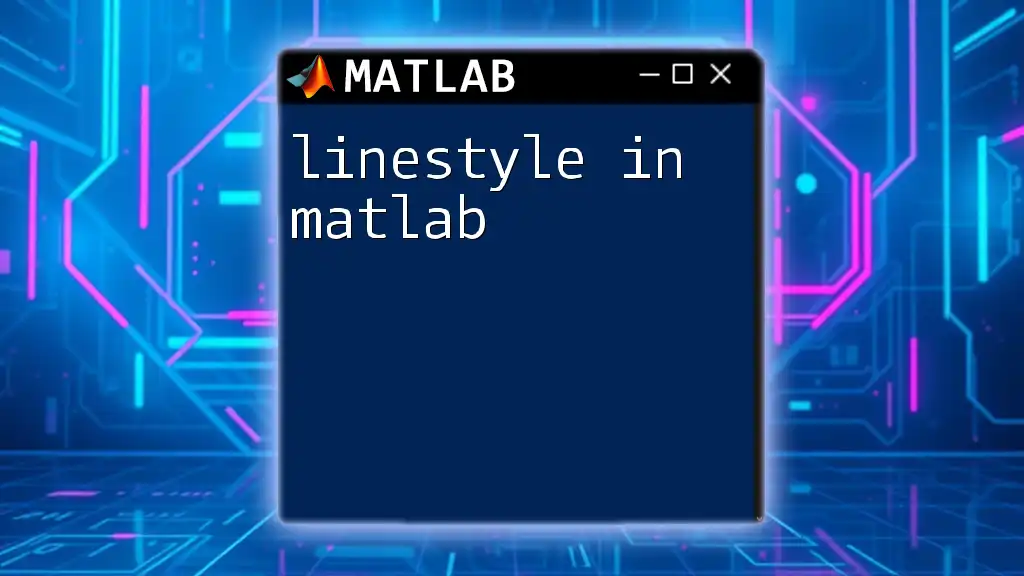Reinforcement Learning in MATLAB provides a framework for designing algorithms that enable agents to learn optimal behaviors through interactions with their environment.
% Example of a simple reinforcement learning agent in MATLAB
env = rlPredefinedEnv('CartPole-Continuous');
obsInfo = getObservationInfo(env);
actInfo = getActionInfo(env);
agent = rlDQNAgent(obsInfo, actInfo);
train(agent, env);
What is Reinforcement Learning?
Reinforcement Learning (RL) is a subset of machine learning where an agent learns to make decisions by performing actions in an environment to maximize some notion of cumulative reward. It is a crucial aspect of artificial intelligence, significantly impacting areas such as robotics, gaming, finance, and healthcare.
In RL, the agent interacts with the environment, receives feedback in the form of rewards or penalties, and adjusts its strategy or policy accordingly. The learning process involves understanding how to map states of the environment to actions that yield the most beneficial outcomes.
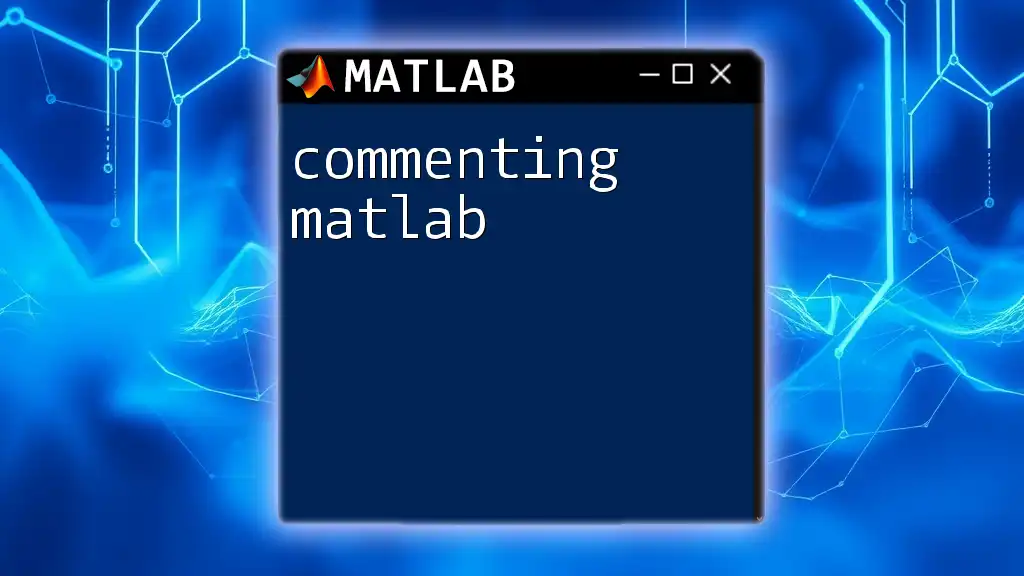
Applications of Reinforcement Learning
The applications of reinforcement learning are vast and varied, showcasing its versatility and effectiveness:
- Robotics: RL algorithms allow robots to learn tasks like grasping or walking through trial and error without explicit programming.
- Finance: In algorithmic trading, RL can dynamically optimize trading strategies by learning from market data.
- Healthcare: Personalizing treatment plans or optimizing healthcare management through patient data analysis.
- Gaming: In video games, RL has been used to create intelligent agents that learn strategies by playing games like chess or Go against human players and each other.
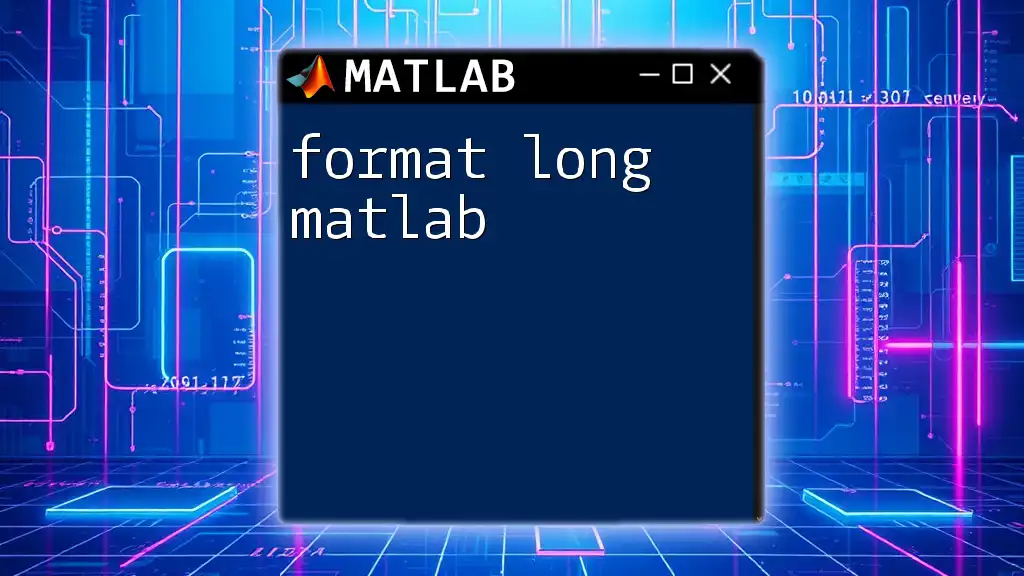
Getting Started with MATLAB
Setting Up Your MATLAB Environment
To effectively explore reinforcement learning in MATLAB, you need to start with a proper setup:
- Installing MATLAB: Download and install MATLAB from the official MathWorks website.
- Required Toolboxes: Ensure that you have the Reinforcement Learning Toolbox installed. You can install or check for additional toolboxes via the Add-Ons menu in MATLAB.
Overview of MATLAB’s Reinforcement Learning Toolbox
MATLAB's Reinforcement Learning Toolbox provides a rich set of functionalities for designing and training RL agents. Key features include:
- Predefined Environments: Has built-in environments that allow users to quickly start experimenting with RL algorithms.
- Custom Environment Creation: Tools to define your custom environments for specialized learning tasks.
- Agent Design: Frameworks for designing various types of RL agents, including DQN (Deep Q-Network), Policy Gradient, etc.
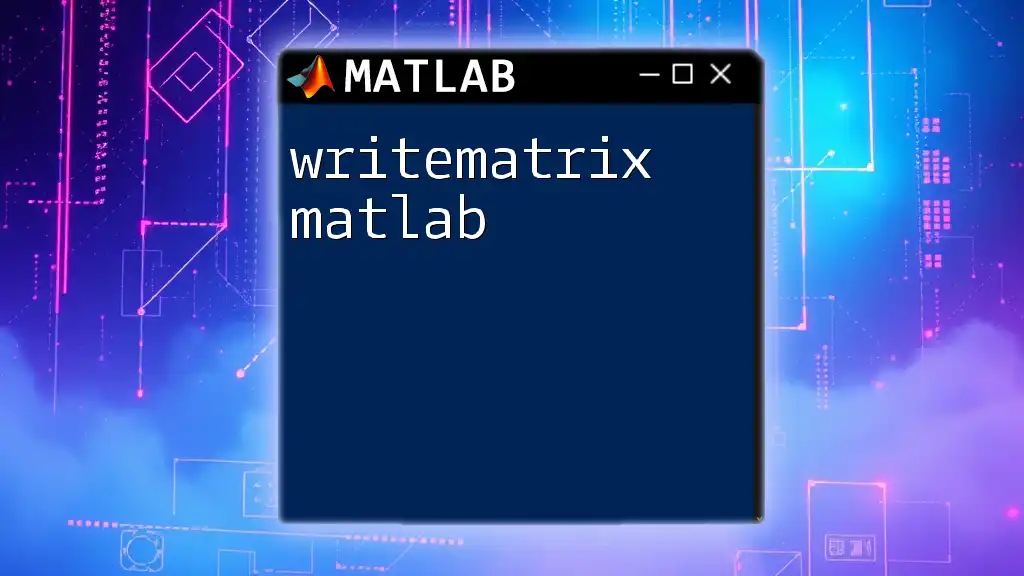
Core Concepts in Reinforcement Learning
Agents and Environments
Defining the interplay between agents and environments is crucial for understanding RL.
- Agents act in the environment by taking actions based on their policy.
- Environments represent the setting in which agents operate, providing state information and reward signals based on actions taken.
An example of an agent-environment interaction could be a robot learning to navigate a maze. The robot (agent) receives information about its immediate surroundings (environment state) and takes actions (move forward, turn) that are evaluated based on how close they bring it to the maze exit.
Rewards and Penalties
In reinforcement learning, the reward signal is crucial as it drives the learning process.
- Rewards are positive feedback for desirable actions, while penalties are negative feedback for failure.
- Agents learn to associate actions with rewards, facilitating better decision-making in future interactions.
For instance, in a robot navigation scenario, reaching the exit of the maze might yield a +10 reward, while crashing into a wall could incur a -5 penalty.
Policies
A policy is a strategy that an agent employs to determine its actions based on the current state of the environment.
- Deterministic Policies: If the same state always leads to the same action.
- Stochastic Policies: If the action taken can vary with each interaction, introducing randomness.
Understanding and optimizing policies is fundamental, as they dictate the agent's behavior and directly influence learning success.
Value Functions
The concept of value functions is central to RL:
- They estimate how good a particular state or action is, guiding the agent toward maximizing rewards over time.
- Q-values represent the expected rewards for taking a specific action in a given state, while state values indicate the expected reward from that state following a particular policy.
Combining value functions with action selection allows agents to make informed decisions that enhance their learning trajectory.
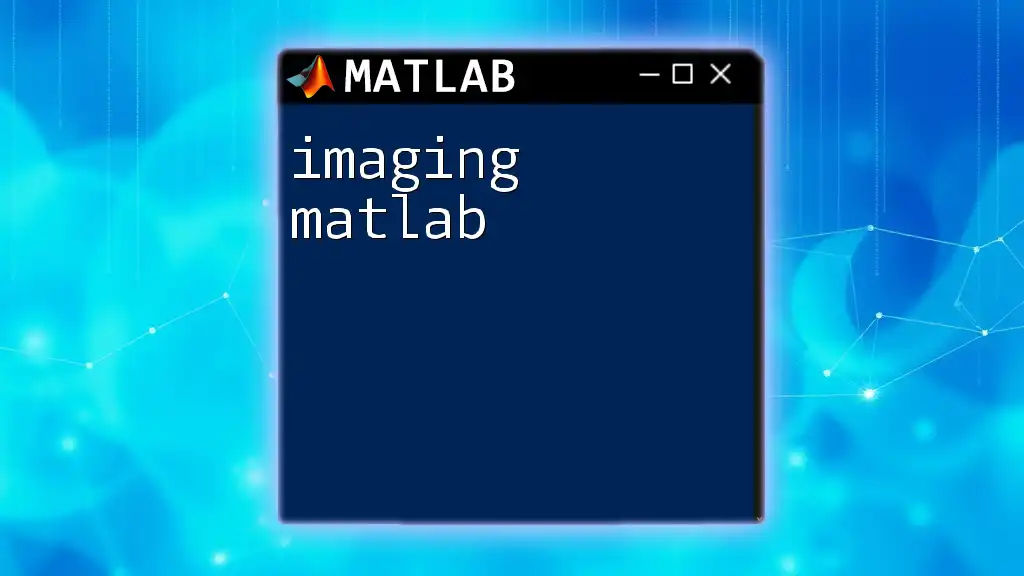
Building a Simple Reinforcement Learning Model in MATLAB
Step-by-Step Guide to Creating an Agent
Setting Up the Environment
To begin building a reinforcement learning model in MATLAB, you first need to set up the environment. Here's how to do it:
env = rlPredefinedEnv('BasicGridWorld');
The predefined environment “BasicGridWorld” serves as an excellent starting point for experimenting with RL concepts.
Defining the Agent
Next, you need to define the agent. Here’s a simple code snippet to create a Q-value agent:
agent = rlQValueAgent(obsInfo, actInfo);
In this example, `obsInfo` and `actInfo` must be defined to represent the observation and action spaces, respectively.
Training the Agent
Training the agent involves running it through the environment repeatedly to learn the best actions to take. Here’s how to set it up:
trainingOptions = rlTrainingOptions('MaxEpisodes', 1000);
train(agent, env, trainingOptions);
This code sets the maximum number of episodes for training to 1000, during which the agent will continuously learn from its interactions with the environment.
Evaluating Agent Performance
After training, evaluating the agent’s performance is critical to understanding its learning. To simulate the agent’s behavior, you can use the following code:
sim(env, agent);
This command runs the agent in the environment and allows you to observe how well it has learned to navigate and maximize rewards.

Advanced Concepts
Deep Reinforcement Learning
Deep Reinforcement Learning merges RL with deep learning, enabling agents to tackle complex environments with high-dimensional state spaces. Popular methods like Deep Q-Network (DQN) and Advantage Actor-Critic (A3C) can be easily implemented in MATLAB.
Example of a DQN:
Implementing a DQN agent in MATLAB provides a powerful vehicle for learning from experience. The framework allows for the use of neural networks to estimate the Q-values dynamically.
Hyperparameter Tuning
Hyperparameters significantly influence the performance of RL agents. Examples include learning rate, discount factor, and exploration rate. Techniques for tuning these hyperparameters include:
- Grid Search
- Random Search
MATLAB offers built-in functions to facilitate this fine-tuning process, ensuring that you can optimize agent performance effectively.
Multi-Agent Reinforcement Learning
Multi-Agent Reinforcement Learning (MARL) is a growing area where multiple agents learn and interact within the same environment. This requires sophisticated methods for communication and cooperation between agents, broadening the scope of applications in competitive and cooperative settings.
Implementing and evaluating MARL scenarios in MATLAB adds significant complexity but also amplifies the richness of the learning experience.
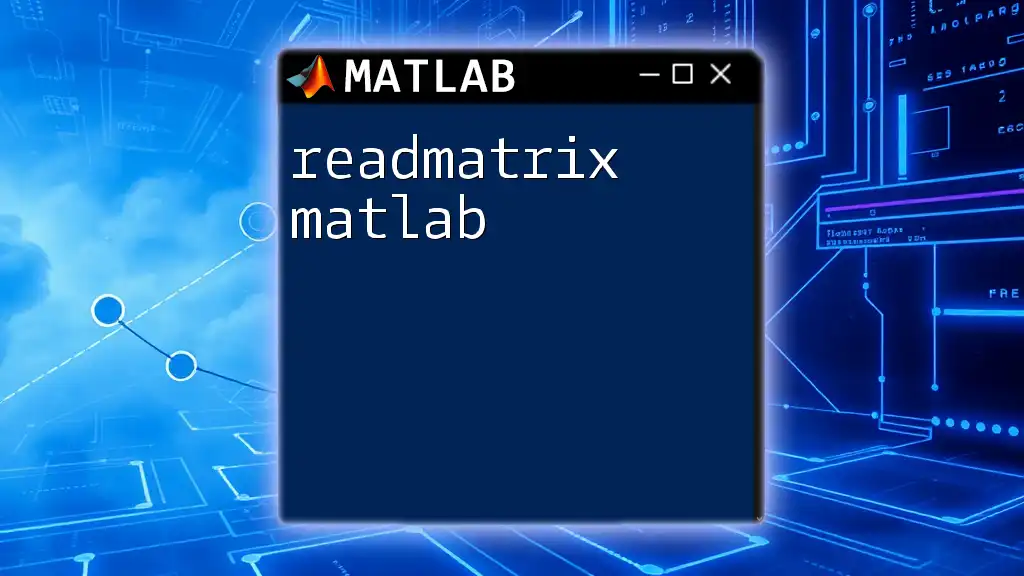
Best Practices for Reinforcement Learning in MATLAB
Efficient Coding Practices
Efficient coding practices can dramatically improve the performance of your RL models.
- Use vectorized operations when possible for efficiency, avoiding loops that can slow down processing time.
- Familiarize yourself with MATLAB's built-in functions to leverage the language's strengths.
Visualizing Learning Progress
Visualizing data is critical for interpreting the performance of your RL agent. MATLAB’s powerful plotting tools can be used to track and visualize reward trends:
plot(trainingInfo.Reward);
This code snippet will help visualize the cumulative rewards expected over training episodes, which is essential for diagnosing learning progress.
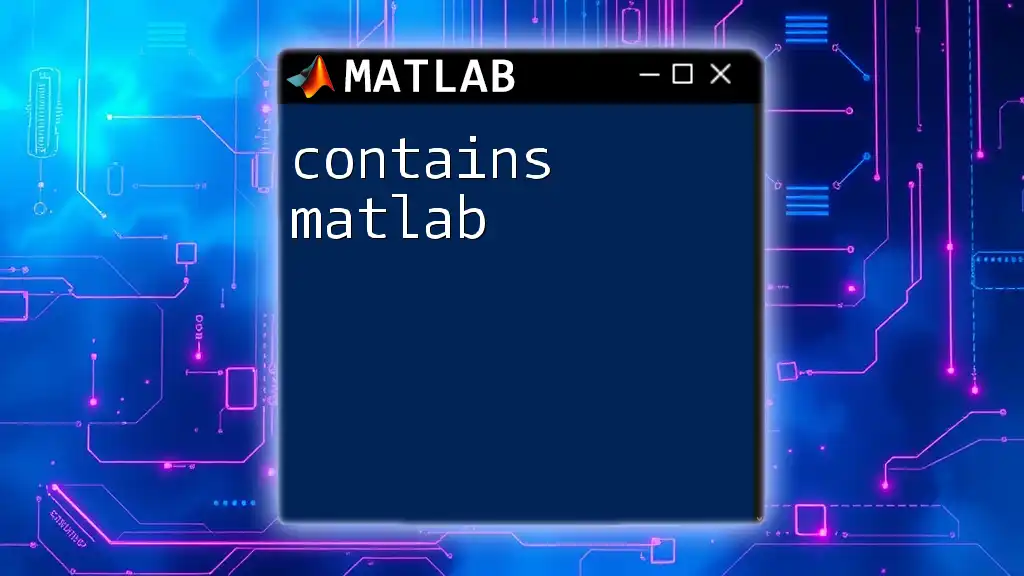
Troubleshooting Common Issues
Debugging Your Reinforcement Learning Model
As with any programming endeavor, debugging is a key component of development. Common errors in reinforcement learning models include incorrect action mappings and improper environment setup that can skew results.
Utilize MATLAB’s extensive debugging tools to step through code execution and identify points of failure.
Resources for Further Learning
Rounding out your education in reinforcement learning is essential. Recommended resources include textbooks on machine learning and reinforcement learning, online courses, and MATLAB documentation, which serve as excellent supplementary guides.
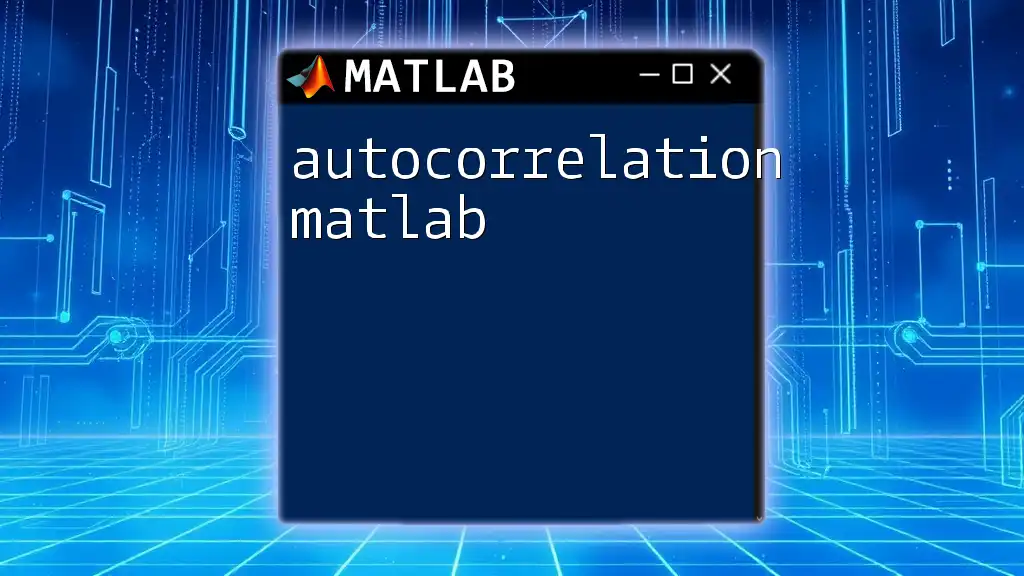
Conclusion
In wrapping up this comprehensive guide on reinforcement learning in MATLAB, it becomes clear just how powerful and versatile this approach is. Understanding the core principles—agents, environments, rewards, policies, and value functions—sets a solid foundation for diving into implementing RL algorithms using MATLAB’s robust toolbox.
As you embark on your journey with reinforcement learning, remember that experimentation and hands-on practice are key drivers of success. Engage with community forums and resources to enhance your learning experience and broaden your horizons in this exciting domain.

